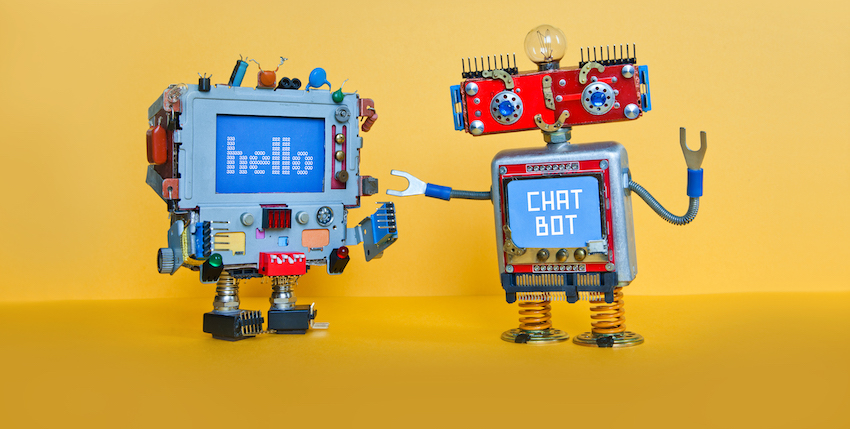Guest post by Nine Connections
Is Customer Service dead?
The other day, my 73-year old father, was grumbling about something he read in the news about automation of processes at the local bank.
“People don’t talk anymore. In my day, customer service meant talking to someone, saying hello, asking how your day was. Now it’s a recorded voice or reading tiny print online. Customer service is dead.”
That got me thinking. The role of a traditional customer service representative has evolved over the years. Once the domain of primarily the service and hospitality staff, the role of customers and our relationships with them has seen several costume changes — the phone IVR, surveys, forms, smiling uniformed people, you name it. But even as the modes change, the role of customer services and engagement has only just increased. Today customer relationships have become a full-fledged industry. 70% of buying experiences are based on how the customer feels they are being treated. The more people feel they’re being listened to, the happier they are and the more money they’ll spend — or that’s the hope. An Adobe report even suggests that customer service can deliver a higher ROI than marketing. Customer service, once upon a time, used to be about happy people, lots of solicitous questions and a solution with a smile. While it’s certainly true that the human factor seems to have declined over the years, the key tenets of a human interaction customer service have remained — conversations, solutions and a smiling demeanor.
Related:
Woveon: Using AI to Create a Better Conversation with Your Customer
So can a bot — the latest entrant into the customer service role — actually deliver these admittedly-human qualities?
Chatbot as the perfect concierge
Businesses that recognize how much time consumers spend on messaging apps such as Facebook Messenger and Slack have developed automated messaging technology. In 2015 messaging apps surpassed social networking apps, and chat apps have higher retention and usage rates than most mobile apps. Today, brands are looking at bots to become the next concierge, to understand what the customer wants, which direction they’re headed on, to involve them in interesting content, spread brand awareness and indeed, carry on conversations with a smile. But is all of that realistically possible?
On paper, it’s the perfect solution. Bots are machines, easily duplicated and incapable of human drama. They can be taught to function perfectly with a specific set of rules or through machine learning. These capabilities, limited as they are, can be trained to emulate the perfect customer service person’s skills — kindness, patience and solution-oriented. A machine can be taught to never be sarcastic and to always have a listening ear. And because it doesn’t have human failings such as fatigue or just being an asshole, it’s becoming an increasingly widespread phenomenon.
Any company with a chatbot interacting in the marketplace has the opportunity to gain valuable customer information. This has benefits in several areas — more personalization, targeted marketing, sales strategies as well as manpower allocation.
Not there yet
While bots were also a hot topic at the recent Corporate Social Media Summit, the jury were admittedly slightly skeptical. Bots are still very much in their nascent stage. And there have been several failures. In the rush to develop the next Siri or Cortana for their businesses, what most companies have ended up with are simplistic, underdeveloped tech with limited capabilities and faulty data. Of course there are the filthy people of the internet. It took less than 24 hours for Microsoft’s Tay to turn into into a filthy Nazi racist troll and two weeks for the cute little hitchbot to become roadside shrapnel. Even if the world were a perfect place, everyone was sunshine and unicorns and keeping empathy and other qualities aside, the actual functions and solutions given to customers by these bots need to work. That requires very skilled developers — but even they aren’t free of error.
Having said that, the possibilities for a bot are immense. Even though the big tech companies haven’t quite cracked how to make it work. Our co-founder Chris has a strong vision on the problems with Conversational AI, and perhaps more importantly — he offers solutions. He will share his vision 26th August on Startup Friday (still some spots left) and will start to share his vision in our blog series about Conversational AI that’s coming up here on Medium.
I know I will be paying attention. My own life have tons of bots — from the local Asian store from online magazines to Facebook to even my fitness wearable. Chatbots might very well be the face of the future one day. Now if they only knew how to smile.
